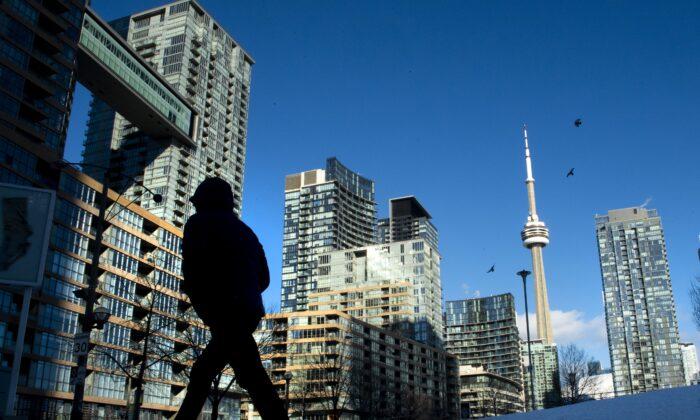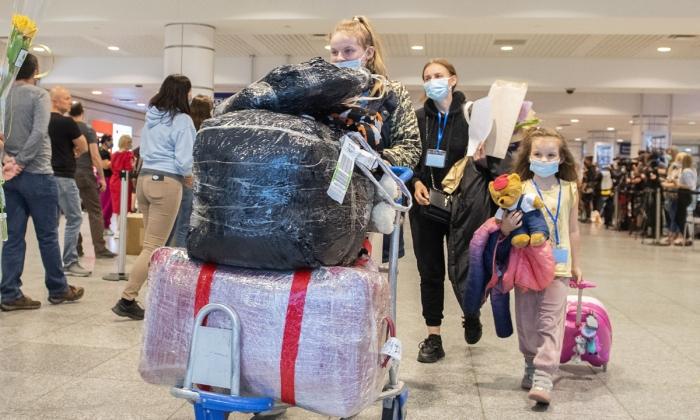The federal agency defines the black market as consisting of “economic activities, whether legal or illegal, that escape measurement because of their hidden, illegal or informal nature.”
When viewed as a proportion of Canada’s GDP, black-market activity across the country remained steady between 2.5 and 3 percent of Canada’s total GDP between 2014 and 2021.
However, the underground economy grew by 4.8 percent “in real terms in 2021,” which came on the heels of a 4.5 percent decline in 2020.
“Most of the growth in 2021 was the result of an 18.0% increase in underground economic activity related to investment in residential structures,” says the report.
The residential-construction business accounted for over one-third of all black-market activity across Canada in 2021, it says.
Online Underground Market
The Canada Revenue Agency (CRA) issued a report on the underground economy in 2022, noting that increased numbers of online sales across the country as a result of the COVID-19 pandemic accounted for higher numbers of unreported transactions.“The COVID-19 pandemic has had a positive effect on many platforms, while others have been negatively affected,” the CRA wrote.
“The increased use of platforms has amplified the risk that online income is not reported or is underreported by individuals and businesses, especially since it cannot be identified using conventional techniques.”
The CRA also “identified two areas of risk for non-compliance” for individuals earning a living through the digital economy, which were “the platform economy and virtual assets.”
“Digitalization is fundamentally changing the ways in which individuals, businesses and governments interact,” the report said.
“In response to these changes, the CRA is exploring digital solutions that facilitate sharing of information between taxpayers/registrants and tax administrations, and that support compliance while reducing the administrative burden.”





